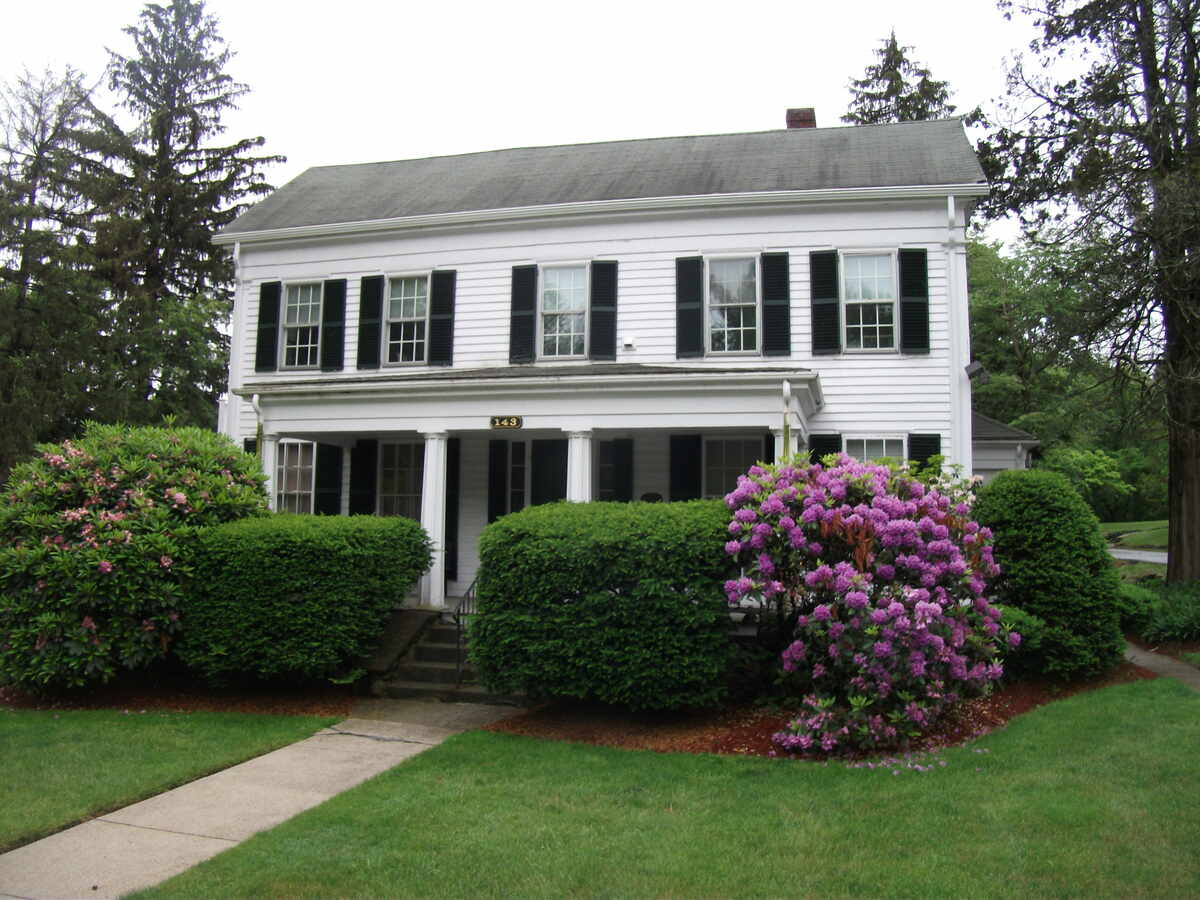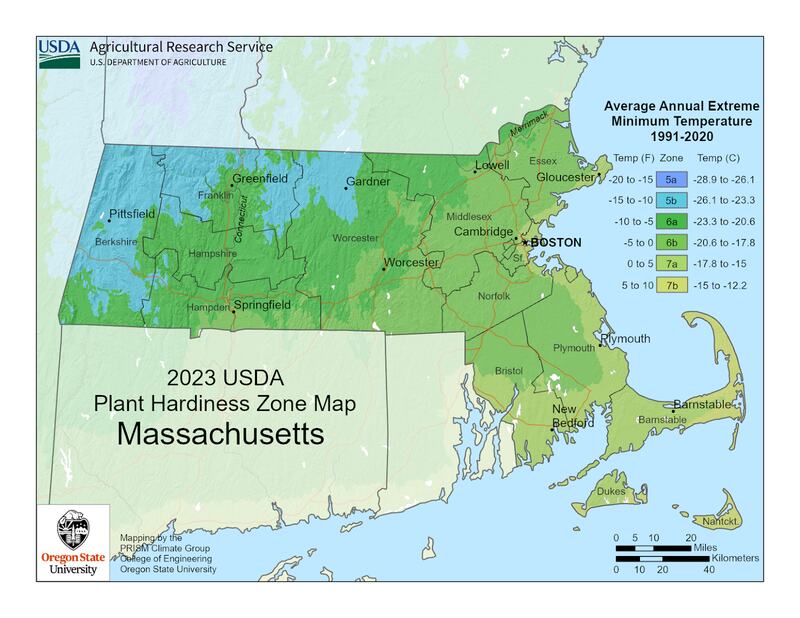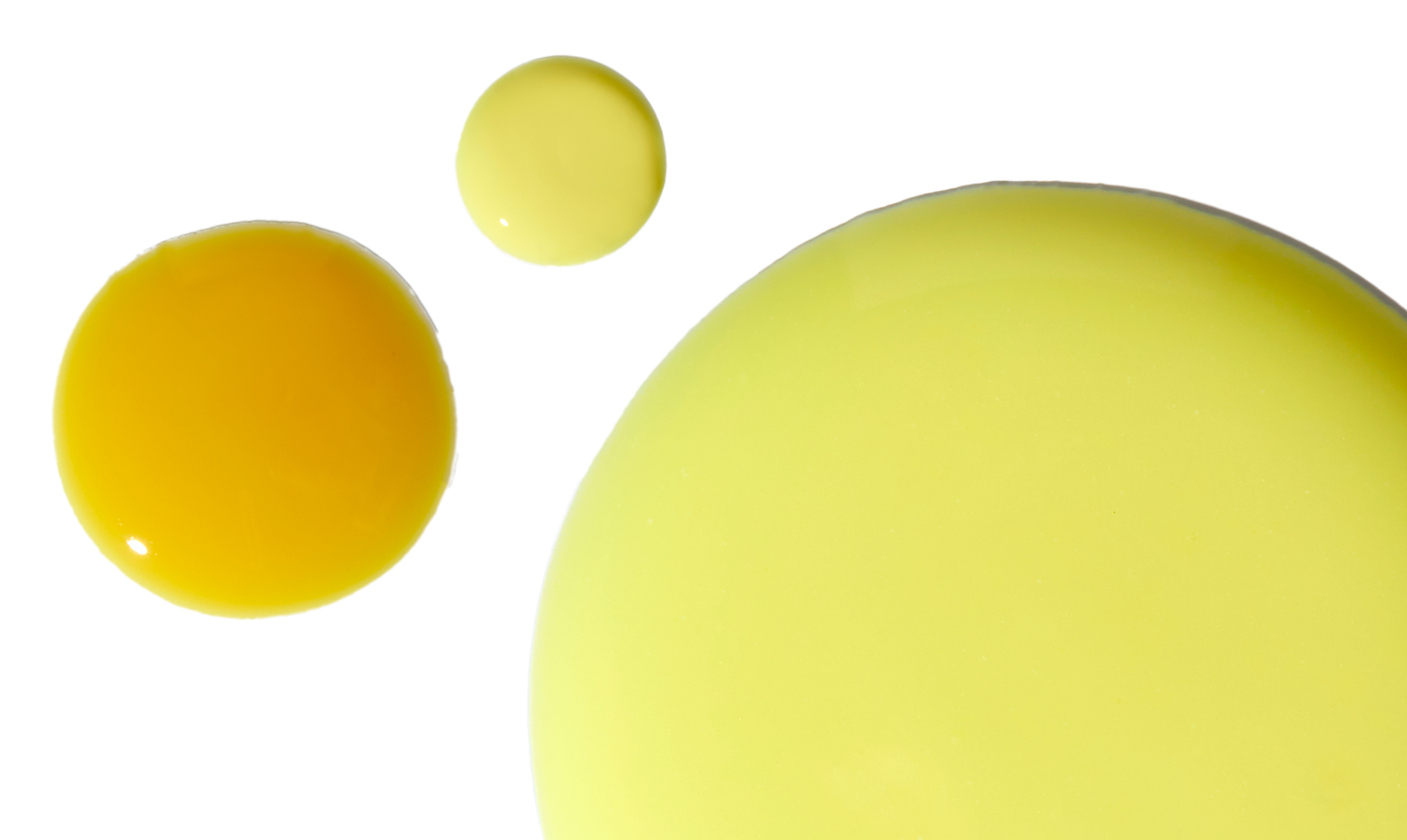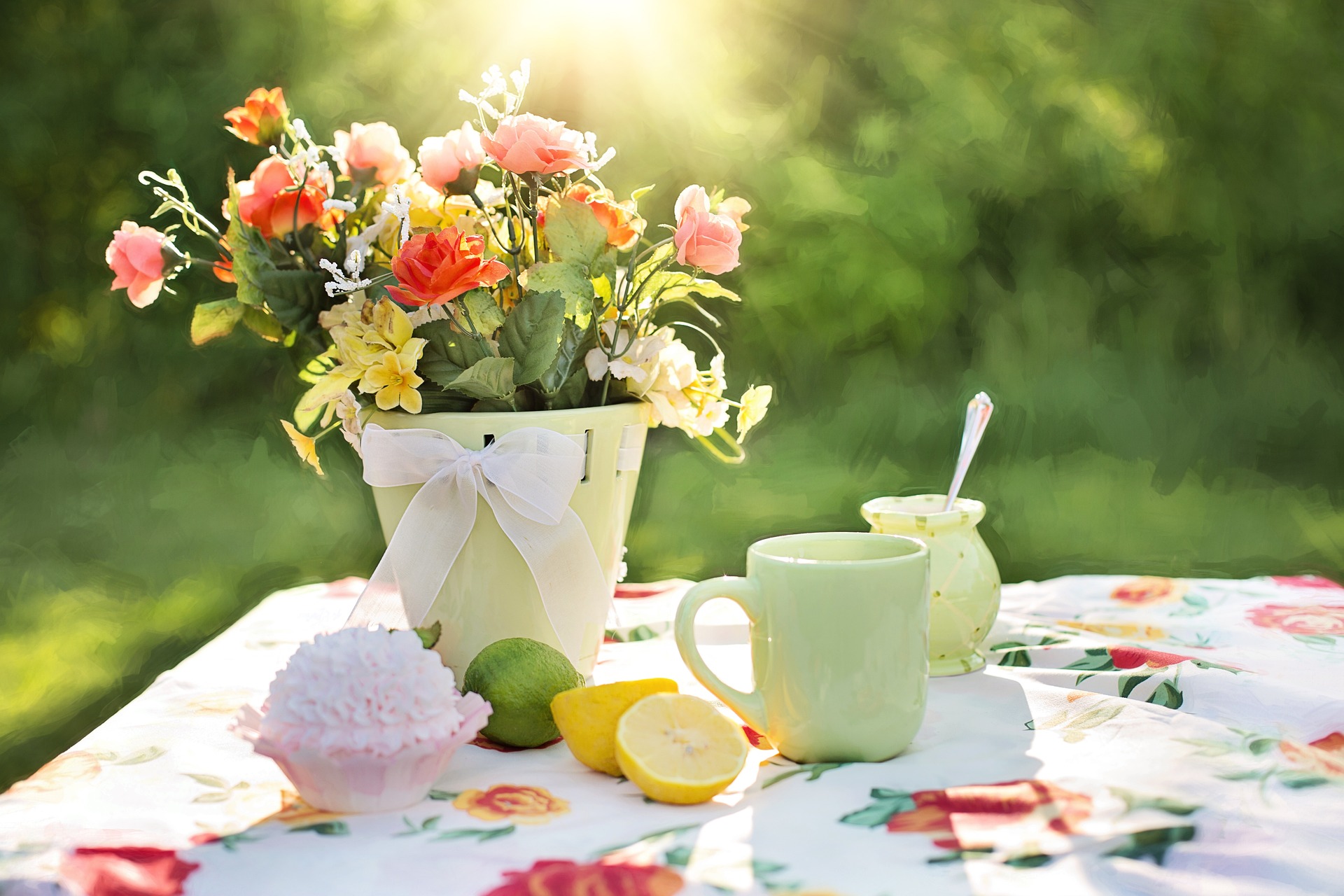
Planting zones in the state of Massachusetts range from the cooler zone 5b in the northwest corner of the state to 7b along the southeast coast and islands.
The USDA Plant Hardiness Zone Map is a map that divides the United States into different zones based on the average minimum winter temperature. Both casual gardeners and professional farmers use this map to determine which plants will grow best in their area. Here is more information about Massachusetts’s hardiness zones:
Map of Massachusetts planting areas

To learn more about hardiness zones and how to use them, read our article on the updated USDA Hardiness Zone Map.
Zone 5b: Northwestern Massachusetts
Zone 5b It is the coldest area in Massachusetts, with an average minimum temperature of -15 to -10 degrees Fahrenheit. This area is located in northwestern Massachusetts and borders Vermont and New York.
Massachusetts’s 5b zone includes parts of Berkshire, Franklin, and Worcester counties, as well as a very small portion of Hampden and Hampshire counties. As for major cities, Pittsfield and Gardner are located within zone 5b.
Zone 6a: Central Massachusetts
The next coldest area in Massachusetts is Zone 6a. 6a has an average minimum temperature of -10 to -5 degrees Fahrenheit, So while it’s a little warmer, it can still get pretty cold. This gardening zone includes much of central Massachusetts and parts of western Massachusetts.
Zone 6a includes parts of Hampden and Worcester counties, as well as the remaining area of most of 5b counties. Zone 6a also includes parts of Middlesex and Essex counties. The major cities of Greenfield and Worcester are also in Zone 6a.
Zone 6B: Eastern Massachusetts
Massachusetts’ Zone 6b It has an average minimum temperature of -5 to 0 degrees Fahrenheit. This area covers mostly eastern Massachusetts, although parts of it extend into central and western Massachusetts.
Interestingly, 6b, like 5b and 6a, also includes parts of Worcester and Hampden counties. This means that both contain three separate planting zones. 6b also extends into parts of Middlesex and Essex counties, as well as Suffolk, Norfolk, Bristol, and Plymouth. The major cities of Springfield, Cambridge, and Lowell are located within 6b.
Zone 7a: Southeastern Massachusetts
The first growing area in Massachusetts that does not fall into negative numbers is Zone 7a. This area has an average minimum temperature of From 0 to 5 degrees Fahrenheit, It’s still very cold, but at least there are positive temperatures. 7a runs along most of the Massachusetts coast in the southeastern part of the state.
Massachusetts Zone 7a includes parts of some Zone 6b counties, including Suffolk, Norfolk, Plymouth, and Bristol. Small parts of Middlesex and Essex also fall within Zone 7a, meaning they also contain three distinct growing zones. Most of Barnstable County falls within Zone 7a, as does almost all of Dukes County.
The largest cities, New Bedford, Gloucester, Plymouth and Barnstable, are located within Zone 7a. Finally, Zone 7a also includes Boston, Capital of Massachusetts.
Zone 7b: Southeast coast and islands
The last and warmest growing area in Massachusetts is Zone 7b. This is also the smallest growing area in Massachusetts, containing only small parts of the southeastern coast and island counties close to the mainland.
Zone 7b includes part of Barnstable County and a small portion of Dukes County. Nantucket Island lies entirely within Zone 7b, making it the only county in Massachusetts that contains only one gardening zone. However, Zone 7b does not contain any major cities.
More Resources for Lawn Care and Landscaping in Massachusetts
There are many ways to improve your lawn or garden. Below are a few more articles to help you care for your Massachusetts landscape:
About the Massachusetts ban on gasoline-powered leaf blowers
4 Common Lawn Diseases Found in Massachusetts
Frequently Asked Questions About Gardening in Massachusetts
What planting zones did Massachusetts have before the 2023 update?
In the 2012 version of the USDA hardiness map, Massachusetts had Zone 5a in addition to 5b to 7b as it does in the 2023 version.
When is the growing season in Massachusetts?
The typical start date of the growing season in Massachusetts is early to mid May, The time of the last frosts of spring. The end date can vary from early September toward end of November, whenever the first frost of the fall season occurs.
Are gas-powered leaf blowers banned in Massachusetts?
While Massachusetts does not have a statewide ban on gas-powered leaf blowers, there are many local bans or restrictions. Research your city and town laws to see if gas-powered leaf blowers are allowed in your area.
Find a lawn professional now
Planting zones determine which plants can survive in a given area of the map. Research your planting zone and which plants thrive there to keep your lawn and garden looking beautiful.
If you need help, contact landscaping professionals near you. They can perform your Massachusetts landscape maintenance or lawn mowing for you, whether you live in Boston, Worcester, Springfield, or Lowell.
Featured image credit: Lawn in front of a home in Bedford, Massachusetts / Doug Kerr / Flickr / CC BY-SA 2.0
Austin Geiger
Austin Geiger is a lover of all things nature. He enjoys writing comprehensive, easy-to-understand articles about pest control solutions, gardening tips, and ways people can help local pollinators.







